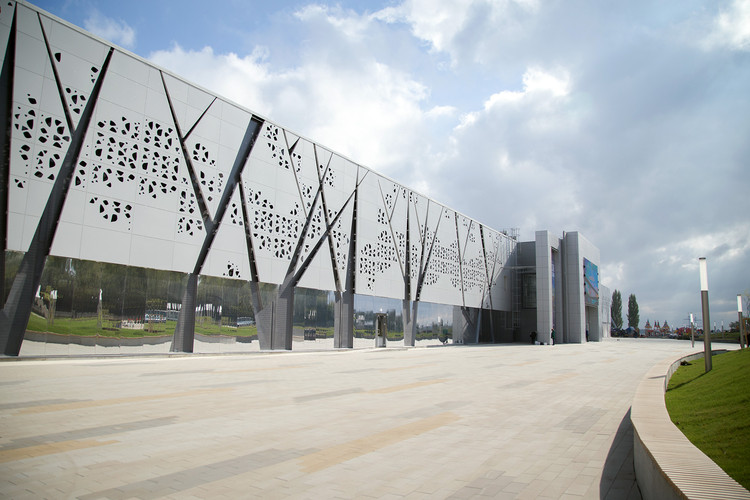
Today, the construction industry is faced with increasingly challenging demands in terms of safety, energy saving and aesthetics. In fact, very strict energy and safety regulations and standards have been put in place to make sure new buildings, but also renovated ones, are fire and earthquake resistant while safeguarding the environment. At present, the ventilated facade is one of the most widely used and most innovative systems, in both residential and production sectors: it is an excellent vertical closing system characterised by fire-retardant and anti-seismic elements, which can insulate a building both thermally and acoustically, reducing the impact of weathering on masonry structures (UNI 11018).
What makes facades 'ventilated' is an air gap between the insulating panel and the external cladding through which, with a chimney effect, the air flows from the bottom to the top creating natural ventilation. However, not all products are equal: when it comes to making ventilated walls more efficient, reducing installation time and allowing for greater flexibility in terms of customisation and design possibilities, an interesting solution comes from the Italian company Isopan. A subsidiary of Manni Group, Isopan is a world-leading manufacturer of metal and insulating panels, which recently expanded in Russia and Mexico with two manufacturing companies. Isopan, in collaboration with the company Inpek, developed the Arkwall system for ventilated facades, which combines the insulating power of sandwich panels, with the high aesthetic value of architectural facade panels, available in both HPL and mineral wool. Of course, with all the advantages and safety offered by ventilated walls.

A highly interesting solution for different types of buildings, but many elements need to be taken into consideration in order to choose the most suitable product: laying times, fire and water resistance, customisable design and aesthetic features.
Click here for more information or to request an appointment with an Isopan technical specialist.

In the ventilated facade system, the Isopan’s sandwich panel Arkwall, consisting of two external metal sheets that enclose an insulating layer in polyurethane or rock wool, is protected from bad weather and wear and tear, ensuring long-lasting durability. In fact, unlike conventional ventilated facade systems, it does not require the installation of any supporting walls (which are usually non-load bearing and made of plasterboard) on which the facade panels are to be fixed, thus avoiding the inconvenience of leaving the layer of insulating material exposed. This allows not only laying times to be reduced significantly but also a more customisable design and higher safety levels. In fact, Arkwall is designed so that does not facilitate the spreading of fire inside the vertical chimney and to be waterproof.

Ultimately, the special attention paid to aesthetics and design makes Arkwall a one-of-a-kind product: architectural facade panels are available in many different colors and finishes, so that any building, whether residential, commercial or industrial, can be turned into an elegant, modern and functional facility with an original and attractive design.
Some of the redevelopment works carried out with the use of Isopan’s Arkwall ventilated walls include industrial buildings such as the Baglietto shipyards in La Spezia and the headquarters of I.M.A. Srl in Vittorio Veneto (in the province of Treviso), stores such as that of the brand Piazza Italia in Messina and the Volgograd Museum “Russia is My History."
Click here for more information or to request an appointment with an Isopan technical specialist.

